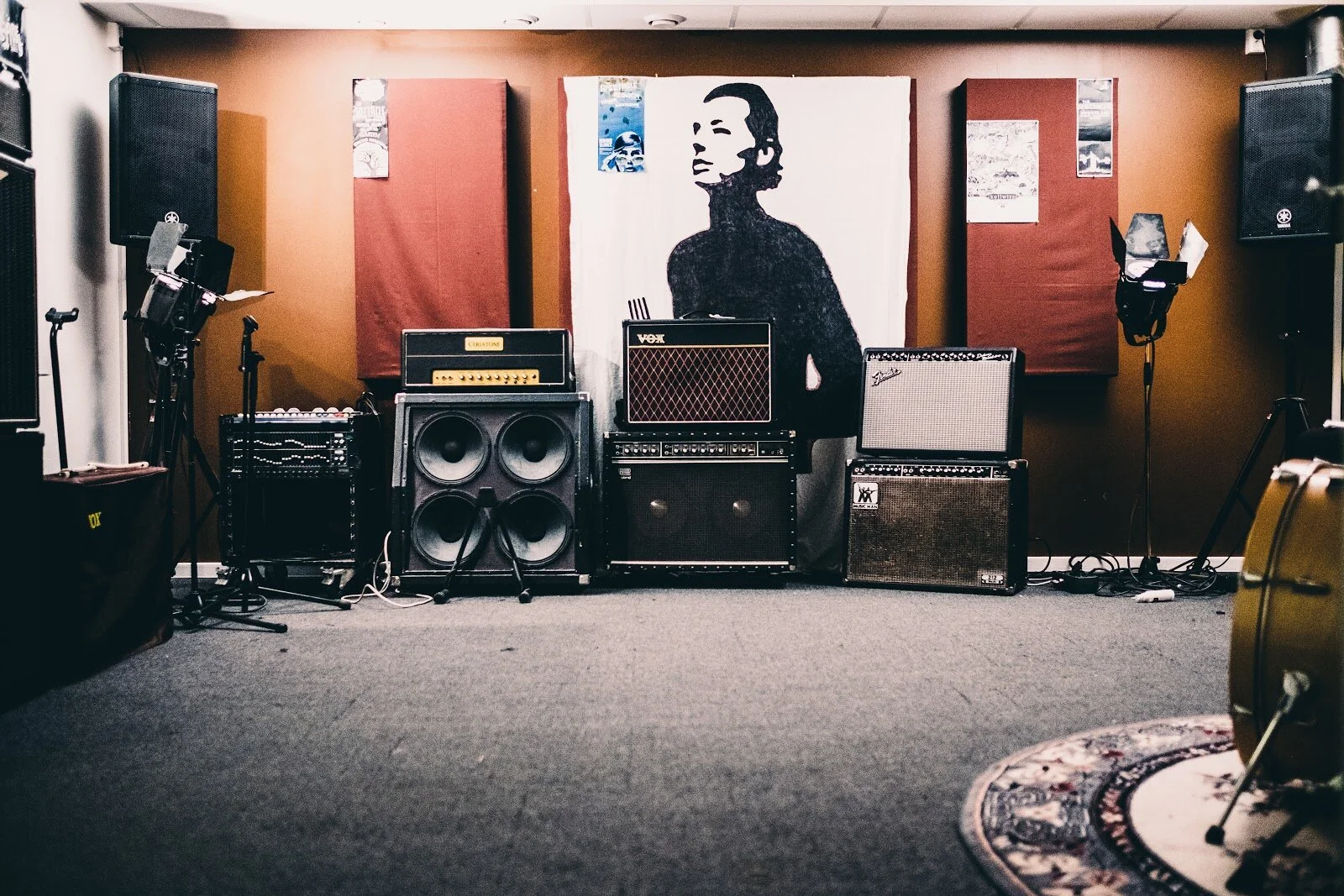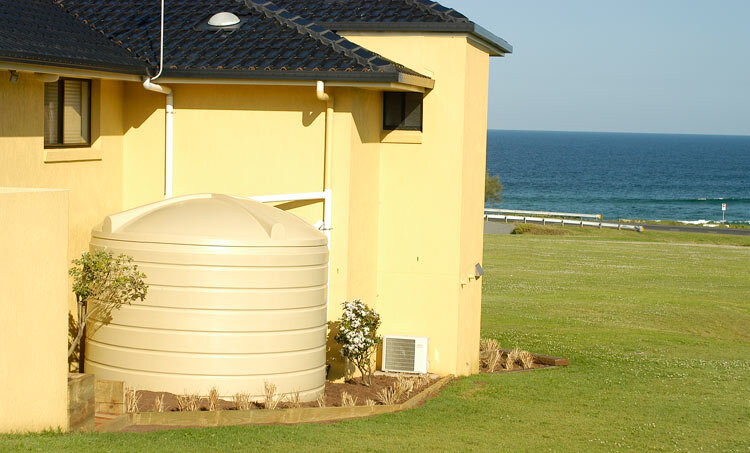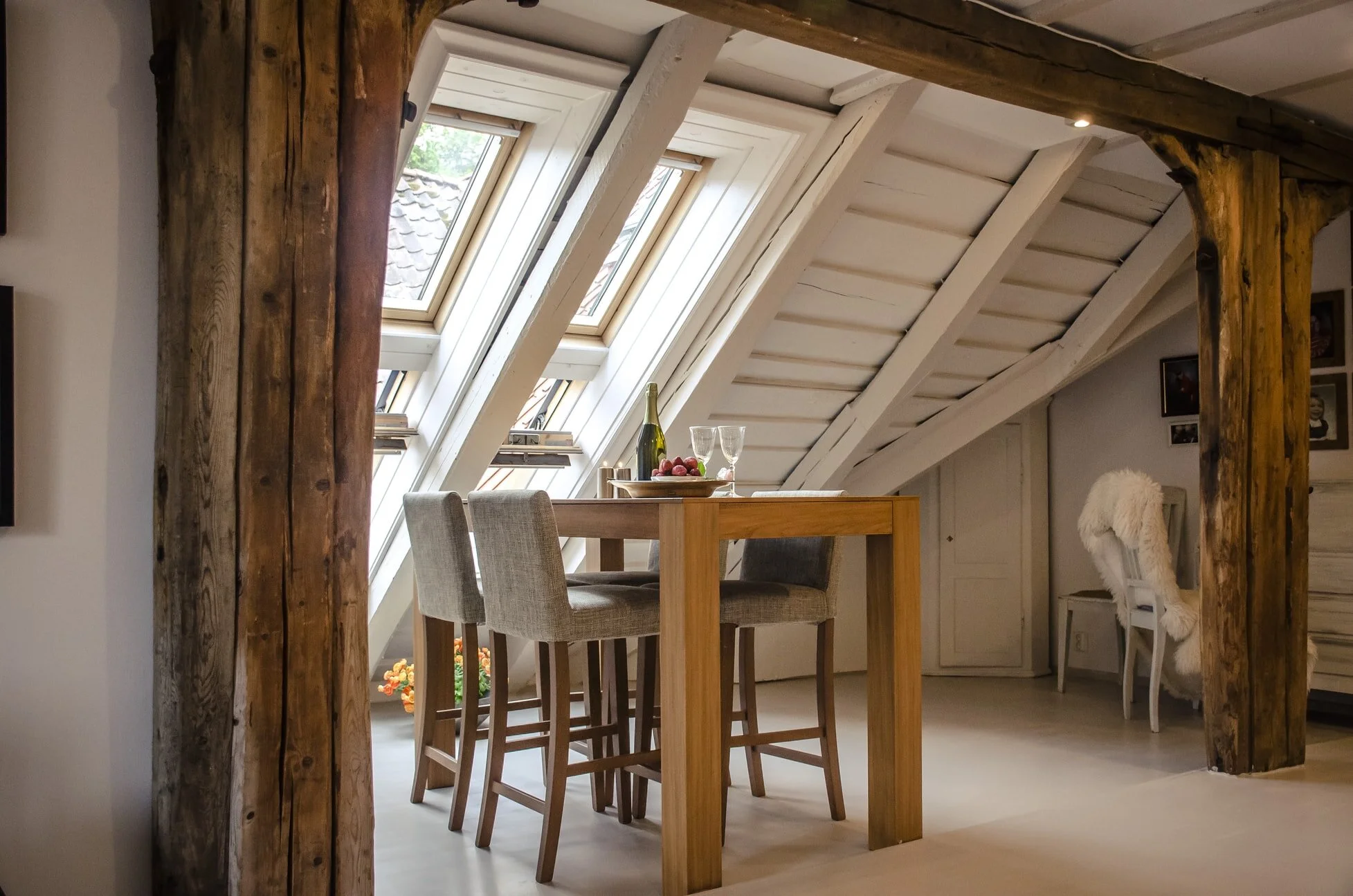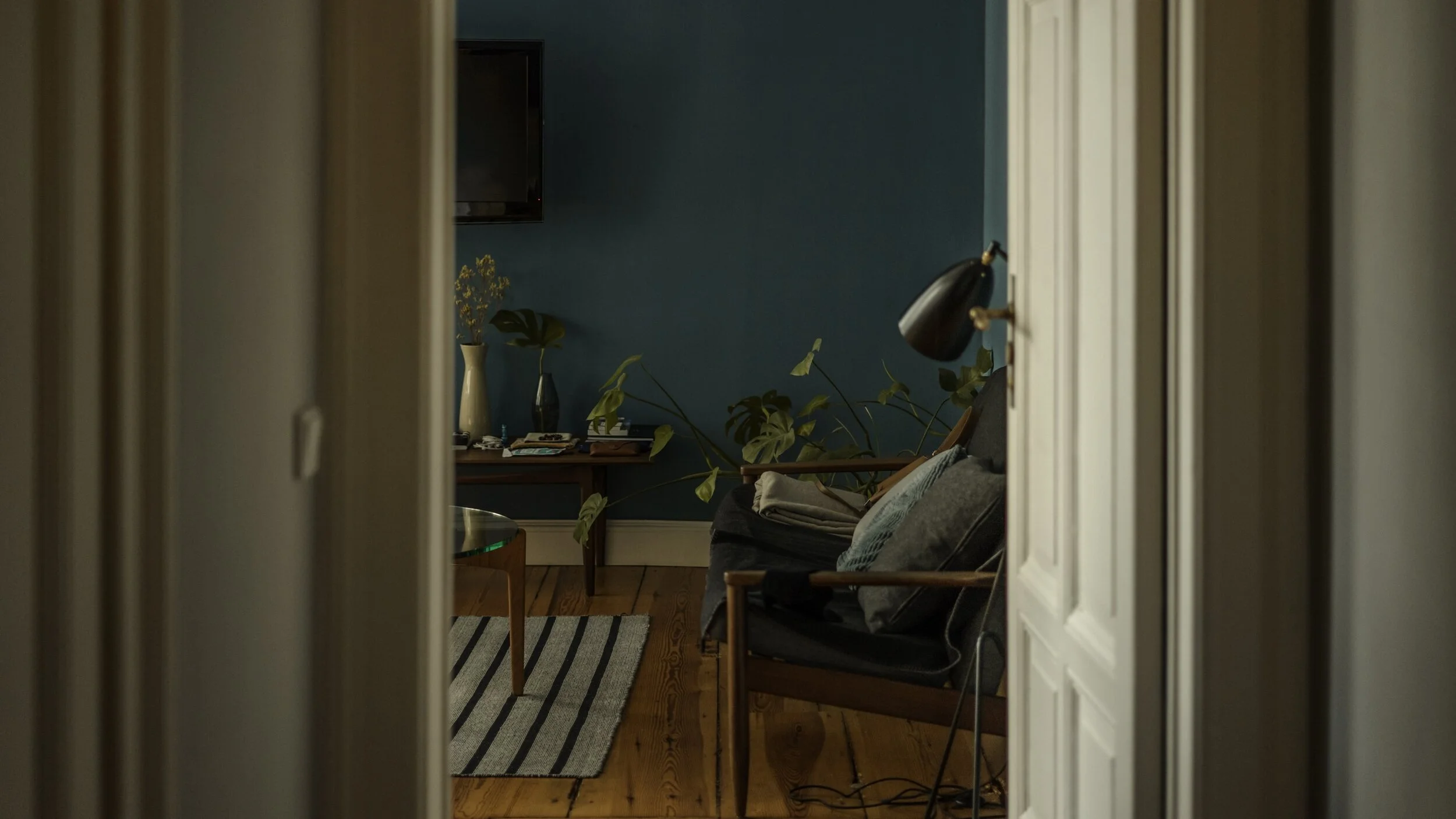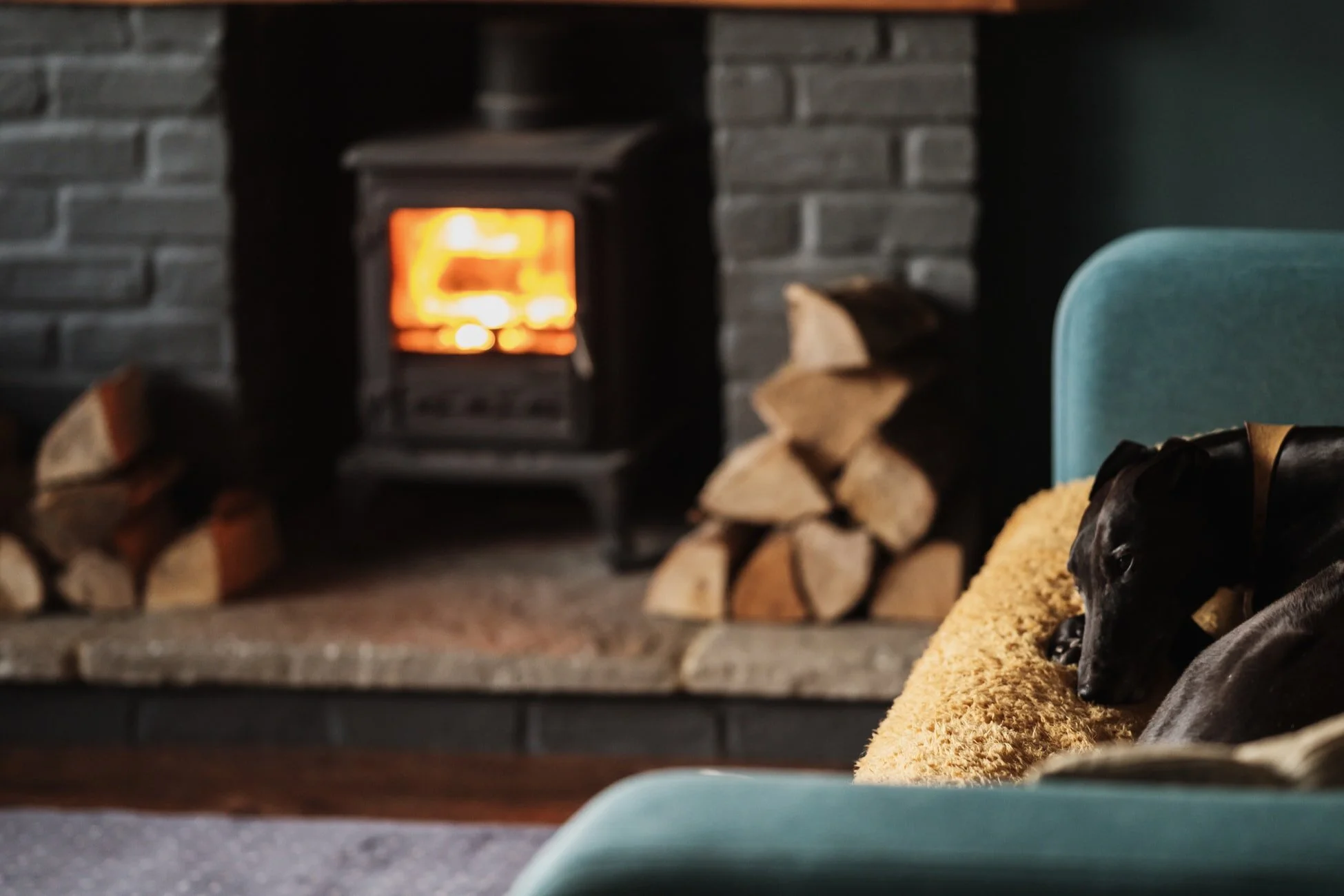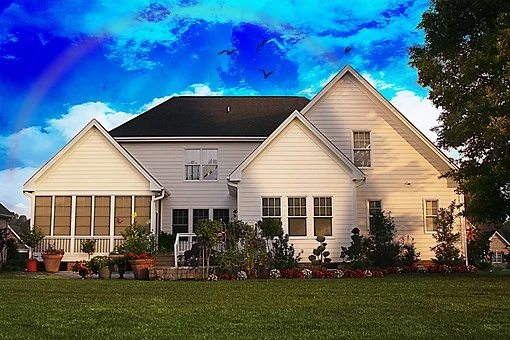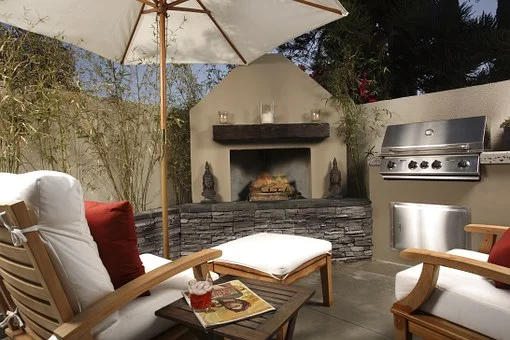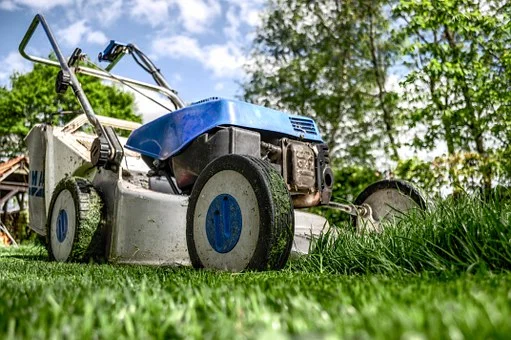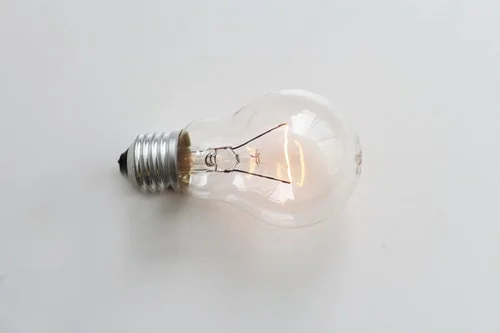Without a consistent water supply, it’s hard for animals and humans to survive for a longer period. Water is key to survival and improves a lot of ongoing activities in the body. Daily routines are almost incomplete without the use of water. When going about these routines, we could simply be struggling with keeping a clean water reservoir since it doesn’t seem like an everyday activity. People focus primarily on water purification rather than cleaning the water reservoir. The truth is, every little action goes a long way in keeping the tank safe for use.
Water tanks are quite the investment and maybe on the pricey end. As they sit on the surfaces or plain ground, with time, sediments and algae deposits on the walls and ceilings of water reservoirs are inevitable because of prolonged use or their sitting positions. These deposits pollute water, making it unfit for cooking, drinking, or general-purpose. That goes to show that tank cleaning is necessary to maintain hygiene. A water reservoir should be cleaned depending on the water type. For example, hard water needs sedimentation more often than soft water, and annual cleaning does not cut it. How then can you avoid water pollution and reduce the harmful effect on your health? The ideal way is to keep your reservoir clean. These are some useful tips to maintain a clean reservoir.
Check your outdoor surfaces first
Before you decide to put your tank anywhere outdoors, consider checking the surfaces very well. Be sure to test the firmness of the surface you intend to put the tank on. Make sure to keep the surrounding area of the tank clean by sweeping and mopping it clean of dirt. Keep the area free of jagged edges or hidden stones that could puncture the tank. Again, be sure there are no insects beneath the spot in case of a sudden infestation or burrowing of holes.
Furthermore, to maintain the reservoir, consider raising your tank with platforms made of steel or wrought. This helps maintain an even weight hence keeping the tank away from debris.
Install a water filter system at the main inlet
Impurities cause damage to the reservoir and make water unfit for use. Install a suitable water filter system at the eye of the main channel. Although there are several systems you could use, a disposable filter fabric or a mechanical system keeps unwanted material from the main body of water.
If you use gutters to carry water into the reservoir, inspect the gutter area regularly. Sometimes, the contamination occurs in rain gutters and inlets. As a result of climate change, gutters could accumulate dry leaves, weed, clogs, and even build up sludge. Rather than let rubbish accumulate, it would help if you considered using a gutter mesh. In addition to this, if your water reservoir has a pump system, avoid taxing or stressing it. With a pump, you can use gravity to your advantage.
Check the water level of your tank regularly
Put ‘checking the water level’ on your daily or weekly to-do list. Checking helps you know the frequency of water used per time while helping you determine a reasonable period for cleaning. If the water level depletes faster than usual, there could be a leak and, ultimately, an avenue for microorganisms to grow.
Drain out all the water from time to time
Regular inspection of the water level helps you know the level of sediment. Sediment, by its nature, settles down at the bottom of your water tank. To determine the sediment levels of your tank, a visual inspection of the water tank is better. Usually, you would expect to see the bottom of the tank underneath the water. If you don’t, drain water out of the tank, wash the internal surfaces manually with a soft sponge, and flush off.
When picking a tank for use, ensure that the crevices are easy to clean and accessible. Accessibility is curtailing dirt accumulation in sharp corners and providing hassle-free cleaning. When you have an easy-to-clean tank, cleaning is easier.
Devise a cleaning system within many years
An interval cleaning is perhaps the most important aspect of water reservoir maintenance. Water tanks usually last for years. Also, they tend to withstand shifts in temperature, wind and wear and tear. As a result, deterioration or corrosion can be determined as early as possible. When you see such changes, these issues should be attended to as quickly as possible to prevent long term damage.
In addition to conducting daily or weekly checks, it is good to have a full inspection of the tank for around three to five years. Although some people do it annually, adding new water tank liners to the containers is a great idea. For the best of liner products, check out a range of products, and make a good selection best suited for water reservoirs.
Prevent Odor with Baking Soda
Each time you empty your water reservoir, add a touch of baking soda into space and rinse it with some fresh water. Thus helping you keep odor check.
Install an automated tank cleaning device.
Sludges are substances you don’t want in your food, and body system via ingestion. To keep your tank sludge-free, you could install an automated tank cleaning device. The device works automatically upon installation.
Alternatively, you could hire a professional to handle the tank cleaning, although it may cost some cash.
Take care of tank coating
Since tanks are made for extended use, they often come with top quality coating. However, maintaining a tank coating is essential to reducing maintenance costs throughout the years. The coating on tanks is a primary defense against corrosion. Corrosion tends to change the color of the water as well as the taste. Maintaining a good layer keeps the reservoir in good working conditions, including humidity, dew point, and air.
Keep up with technology
Every new day ushers us into new technological means of maintaining good hygiene. Even though access to the latest webinars and conferences may not be necessary, being aware of new tech helps you learn new ways to work equipment and ultimately maintain your reservoir.
Sanitize your reservoir
If your tank is old or has been sitting on surfaces for too long, it may begin to harbor unwanted substances. As a result, the reservoir can emit an unpleasant smell that makes drinking water taste bad.
You can combat this challenge with some bleach. To be sure, pouring bleach straight into the water reservoir is not ideal. But you could use diluted bleach with this foolproof method.
Add one cup measure of bleach into four gallons of water for a 40-gallon tank. One and a half measure for six gallons of water for a 60-gallon tank. Two cup measure into eight gallons of water for a 100-gallon tank.
Place bleach solution directly into your water tank and fill with fresh, clean water.
Run solution throughout every faucet until you’re sure bleach has touched everywhere.
Then empty the tank. Fill up again with fresh water and let it stay for a night. On the next day, drain the tank again through all faucets. Fill up again with clean water and repeat until the smell of bleach is gone.
Guest Contributor: David Smith











